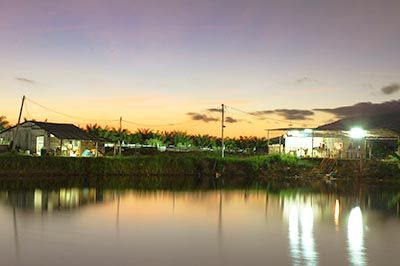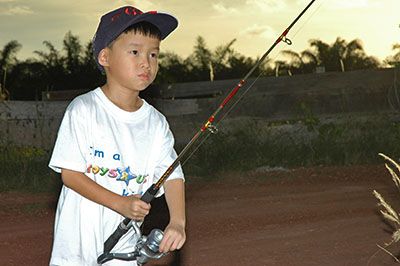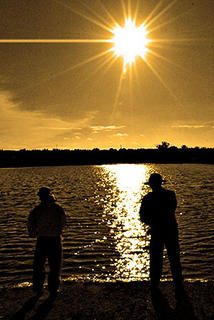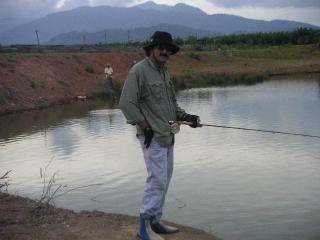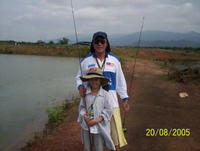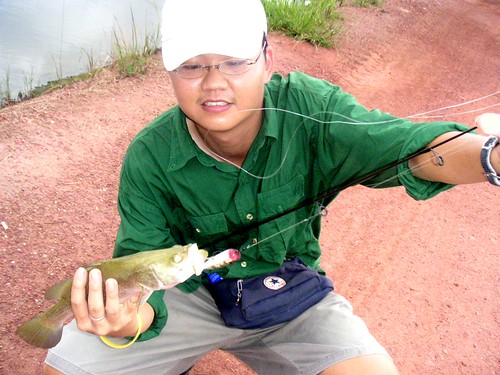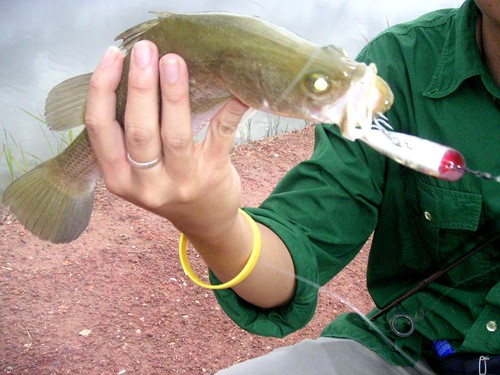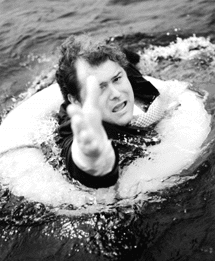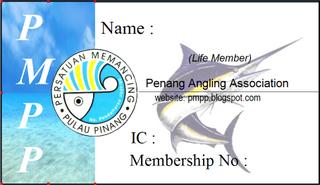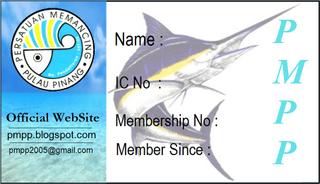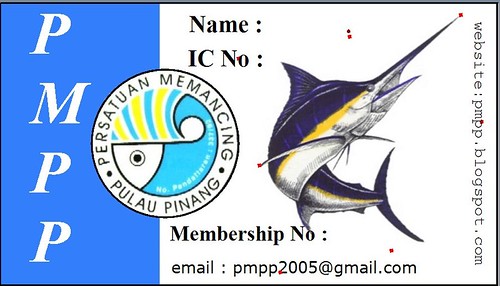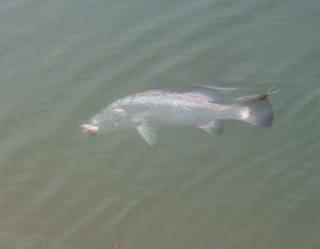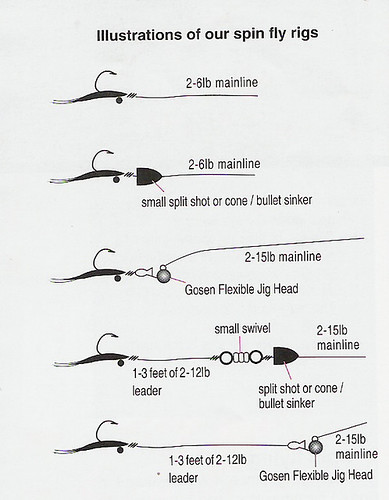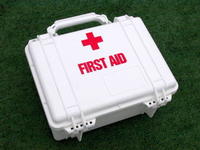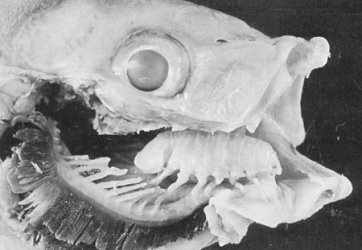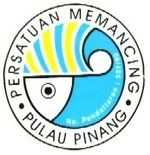Once the fish start biting...all other things are forgotten...and many fishermen get very bad sunburn! Prevention is of course better than cure...so... SLIP, SLOP, SLAP!
SLIP on a light cotton t-shirt, preferably long sleeved.
SLOP on some sun-block lotion of at least SPF 30+
SLAP on a hat, preferably with a wide brim to protect your ears and neck.
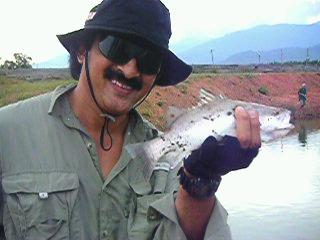
This is a good example! He is well covered and probably does not need to put on sun block since he is already well protected and comfortable!
More Prevention TipsAvoid sun exposure during hours of peak sun ray intensity.
Apply generous amounts of sunscreen with a sun protection factor (SPF) of at least 30. Pay special attention to your face, nose, ears, and shoulders. The higher the SPF, the greater the protection.
Apply sunscreen 30 minutes prior to sun exposure to allow penetration. Re-apply after swimming and every 2 hours while you are outdoors.
Wear sun hats. There is also SPF clothing and swimwear available.
Wear sunglasses with UV protection.
Use a lip balm with sunscreen.

Another good example of a well protected fisherkid.

And of course she learnt it from her well protected fisherdad!
So why is sun burn so dangerous?
Keep in mind:
There is no such thing as a "healthy tan". Unprotected sun exposure causes premature aging of the skin.
Sun exposure can cause first and second degree burns.
Skin cancer usually appears in adulthood, but is caused by sun exposure and sunburns that began as early as childhood. You can help prevent skin cancer by protecting your skin and your children's skin from the harmful rays of the sun.
Factors that make sunburn more likely: Infants and children are especially sensitive to the burning effects of the sun.
People with fair skin are more likely to get sunburn. But even dark and black skin can burn and should be protected.
The sun's rays are strongest during the hours of 10:00 a.m. to 4:00 p.m. The sun's rays are also stronger at higher altitudes and lower latitudes (closer to the tropics). Reflection off water, sand, or snow can intensify the sun's burning rays.
Sun lamps can cause severe sunburn.
Some medications (such as the antibiotic doxycycline) can make you more susceptible to sunburn.
Symptoms The first signs of a sunburn may not appear for a few hours. The full effect to your skin may not appear for 24 hours or longer. Possible symptoms include:
Red, tender skin that is warm to touch.
Blisters that develop hours to days later.
Severe reactions (sometimes called "sun poisoning"), including fever, chills, nausea, or rash.
Skin peeling on sunburned areas several days after the sunburn.
First AidTry taking a cool bath or shower. Or place wet, cold wash cloths on the burn for 10 to 15 minutes, several times a day. You can mix baking soda in the water to help relieve the pain. (Small children may become easily chilled, so keep the water tepid.)
Apply a soothing lotion to the skin.
Aloe gel is a common household remedy for sunburns. Aloe contains active compounds that help stop pain and inflammation of the skin.
An over-the-counter pain medication, such as acetaminophen or ibuprofen may be helpful. DO NOT give aspirin to children.
Do NotDO NOT apply petroleum jelly, benzocaine, lidocaine, or butter to the sunburn. They make the symptoms worse and can prevent healing. Butter can actually promote certain types of bacteria to multiply and lead to a serious infection.
DO NOT wash burned skin with harsh soap.
So remember to dress sensibly. Most experienced fishermen will have their favourite outfit. Only amatuers go out in t-shirt and shorts (umm like me sometimes!) and suffer terrible sunburn like a cooked lobster!

